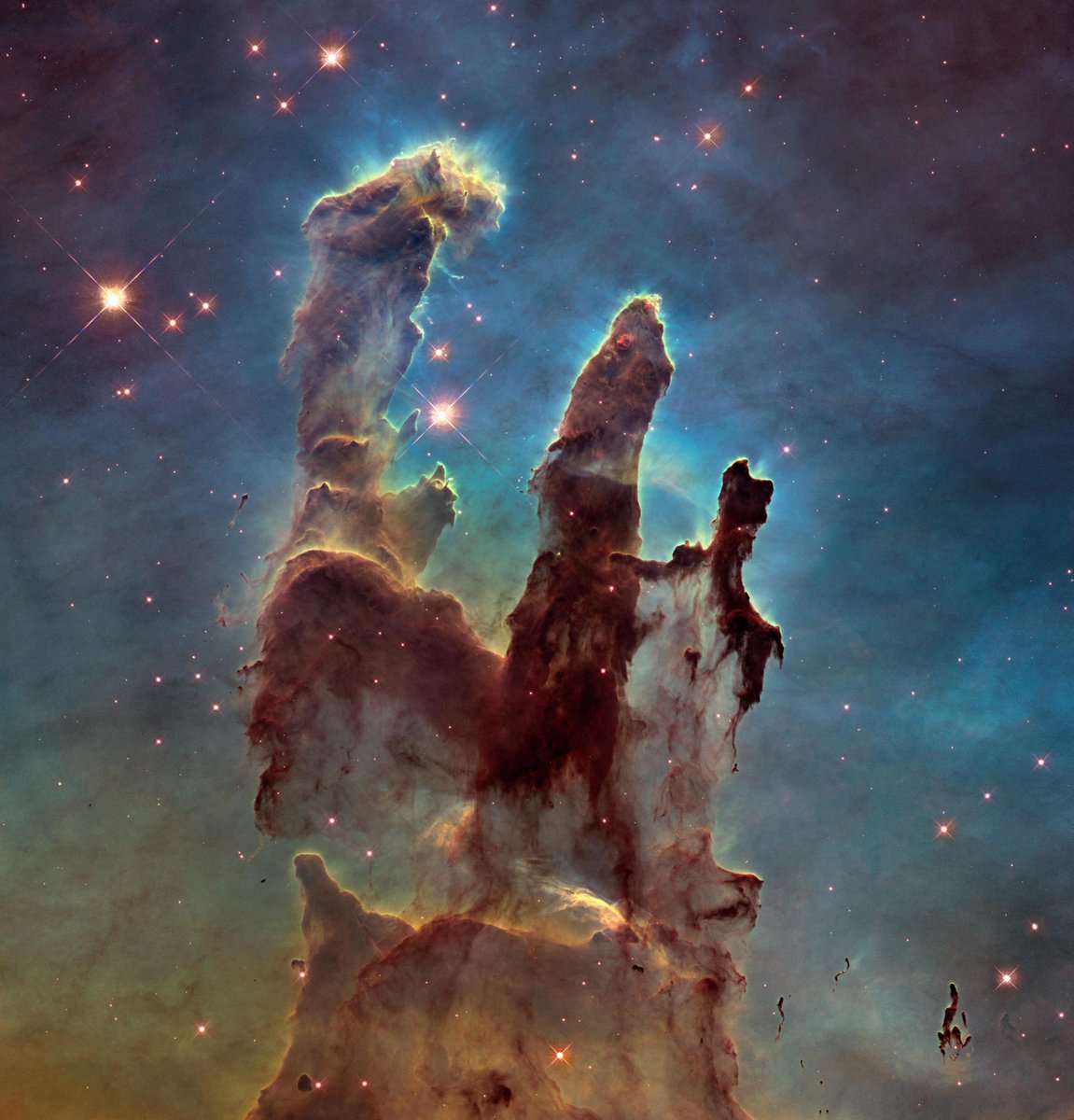Just as cars need maintenance, sometimes spacecraft need fixing, too. 🛠️When astronauts work on spacecraft in orbit, it's called space servicing.
Have questions about servicing? Leave a reply in the comments for a Q&A from 12-2 p.m. EDT on 5/14 with astronauts and experts!
Have questions about servicing? Leave a reply in the comments for a Q&A from 12-2 p.m. EDT on 5/14 with astronauts and experts!
💡Fun fact! Astronauts traveled to the Hubble Space Telescope for five servicing missions. Their work is the reason why Hubble has lasted 30 years in space, showing us images of the universe as a more colorful and stranger place than we ever imagined. 

Christy Hansen trained the EVA (spacewalk) astronauts who serviced the Hubble Space Telescope and supported them during real-time mission operations on orbit as an EVA flight controller. Christy will be answering some of your questions today! 

Ed Rezac is an engineer who helped design the tools and procedures the “spacewalking” astronauts used to work on the Hubble Space Telescope while on orbit. Ed will be answering some of your questions today! 

John Grunsfeld is a physicist, served as NASA’s Chief Scientist and flew to the Hubble Space Telescope three times to service it in space. John will be answering some of your questions today! 

• • •
Missing some Tweet in this thread? You can try to
force a refresh


















